UK Defence Committee Report Condemns ‘Deplorable’ British Army Armored Vehicle Procurement
A report published by the UK House of Commons’ Defence Committee on the British Army’s armored fighting vehicle capability describes its recent history as “deplorable”. The Committee says that its inquiry has found that the Army’s vehicle fleet faces “mass obsolescence”, with the service’s inability to modernize its vehicles over the past two decades blamed on bureaucratic procrastination, military indecision, financial mismanagement and general ineptitude.
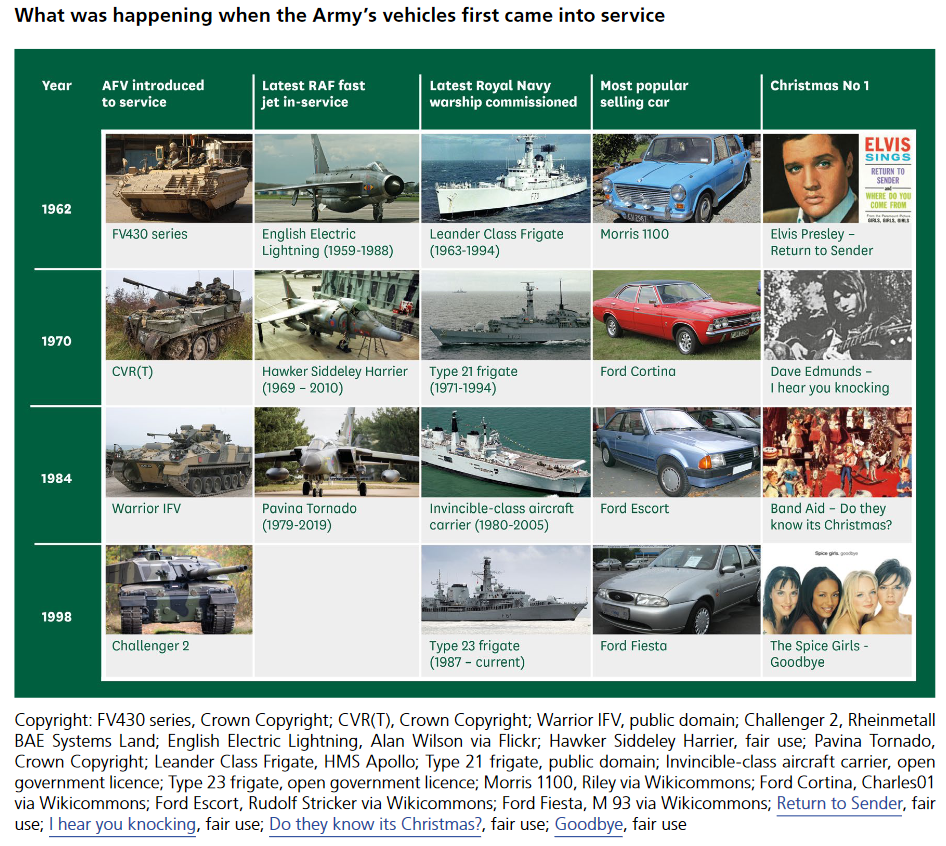
According to the report, these factors have resulted in the Ministry of Defence spending nearly a third of a billion pounds on a series of “overly ambitious requirements and technically complex programmes” that were ultimately abandoned. As a result, between 1997 and late 2020, the only armored vehicles from the core procurement program that actually entered operational service with the Army were a small number of armored engineering vehicles and the Viking protected mobility vehicles. At least £321m was spent on a myriad of ultimately abandoned programs like TRACER (Tactical Reconnaissance Armoured Combat Equipment Requirement, the replacement for the CVR(T)), MRAV (Multi Role Armoured Vehicle, the replacement for the FV430 and Saxon armored vehicle families, which became Boxer after the UK initially left the program) Future Rapid Effects System (FRES, which was also intended to replace the CVR(T), FV430 and Saxon), with a further £2.8 billion spent on filling urgent capability gaps. Most of these urgent operational requirement procurements of vehicles for use in Iraq and Afghanistan have since been identified for disposal.
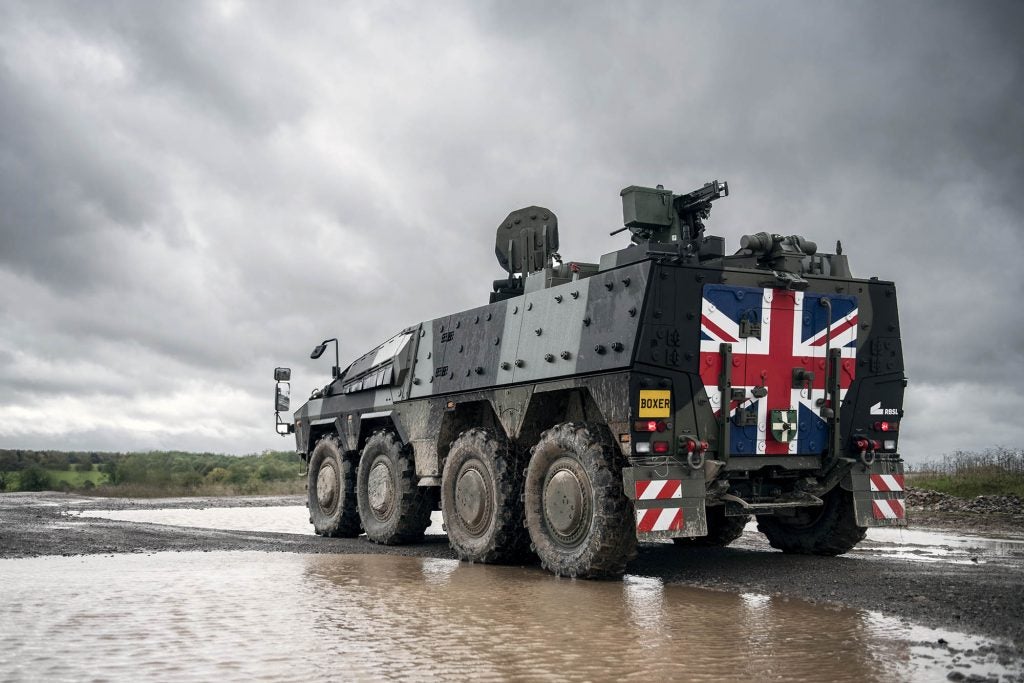
The Defence Committee singled out MRAV, noting how the Ministry of Defence’s withdrawal from the program, on the grounds that the vehicle would be too heavy to be transported in a C-130, only came after £57m had already been invested. 16 years later, the Ministry wound up procuring Boxers anyway, signing a £2.8 billion contract for over 500 Boxer Mechanised Infantry Vehicles, with the Committee describing MRAV as a “stark example of how shifting priorities and indecision about requirements lead to increased costs and failure to deliver new capabilities”.
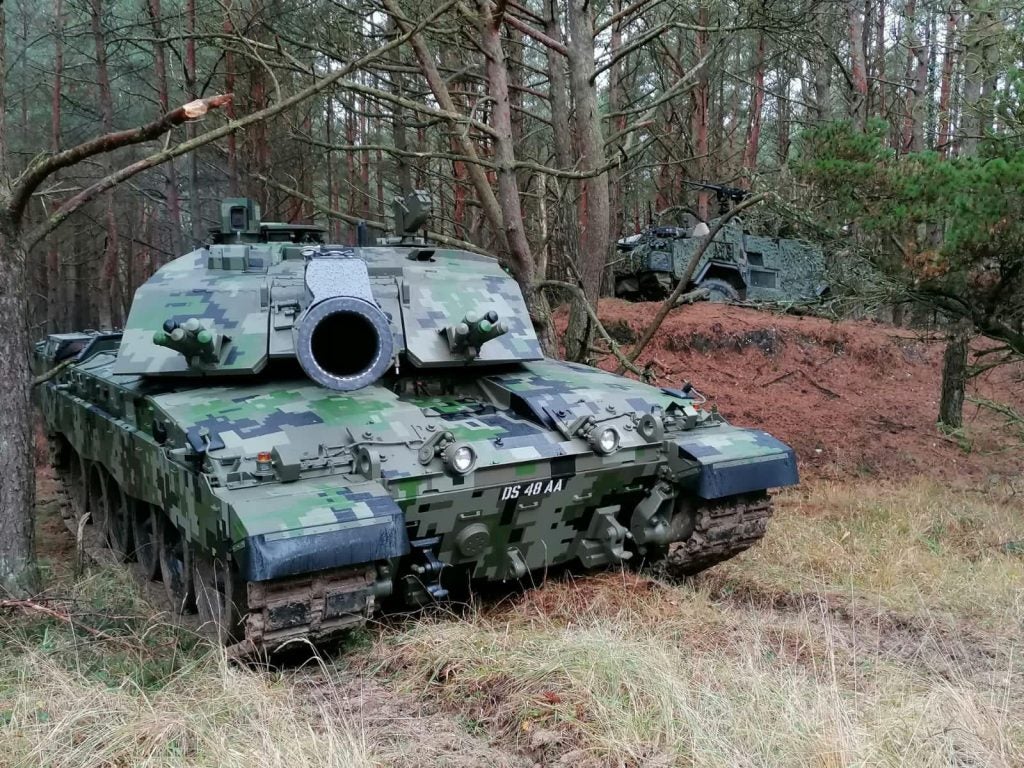
As a result of these failed programs, the report says that British Army personnel were inadequately protected on operations in Iraq and Afghanistan, with personnel conducting stabilization operations being forced to use lightly armoured Land Rovers before MRAPs were procured. Problems continue to this day, with the British component of NATO’s enhanced Forward Presence Battlegroup using lightly armored vehicles like the Jackal, “obsolescent” FV430s and unupgraded Challenger 2s in the face of a “significant potential peer threat” from Russian forces. The already unfavorable scenario is further compounded by the current state of the Army, with a wide array of critical equipment needing to be either replaced or upgraded at the same time.
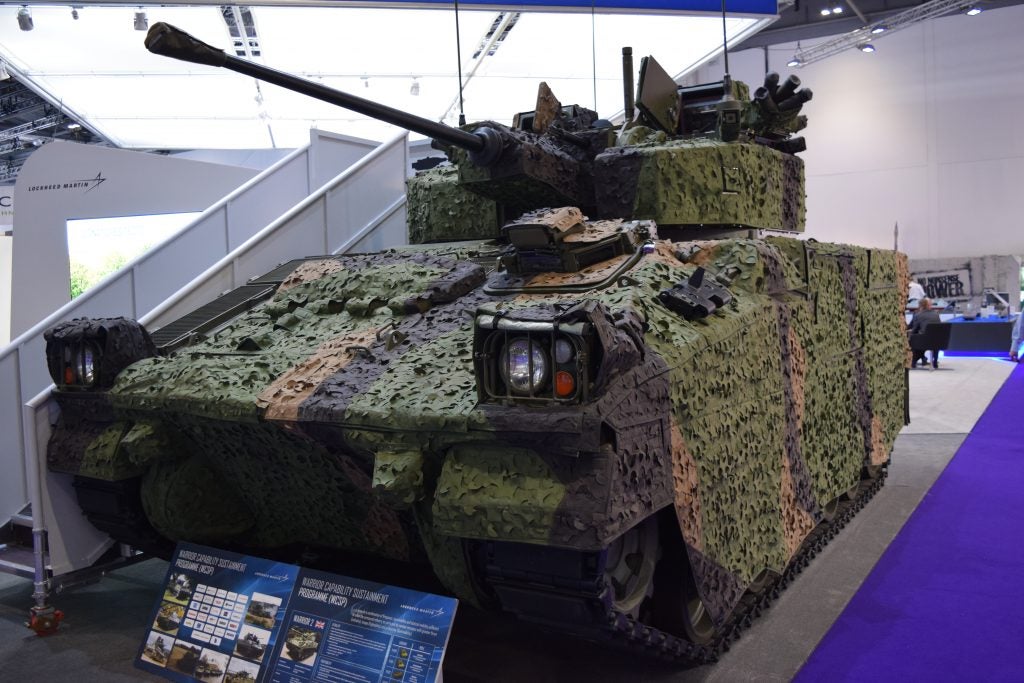
While the myriad delays and cost overruns of both Warrior Capability Sustainment Program and AJAX are criticized in the report, with WCSP’s £227m cost overrun, seven year delay in initial service date and lack of a production contract described as “totally unacceptable”, the report describes the troubles of both as symptoms of “extremely weak” management of Army equipment programs by Defence Equipment & Support and the Army Board, stating:
“As the Ministry materially contributed to delays to both Warrior and Ajax—by insisting on a complex, new generation 40mm cannon, when other tried and tested alternatives were available—they should now publicly justify why this decision was taken and by whom in Main Building, on the Army Board or at DE & S and what urgent action is now being taken, to mitigate its obviously deleterious effect.”
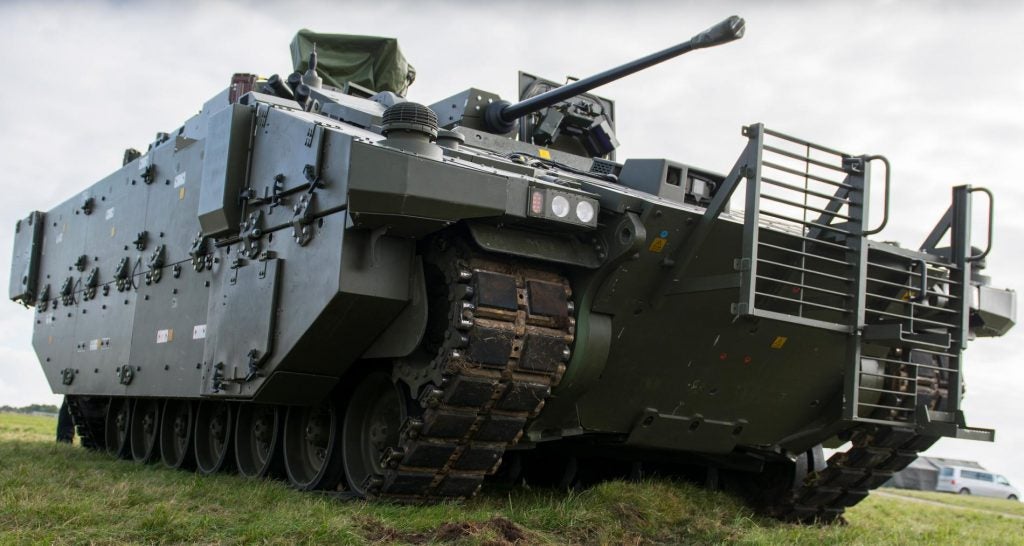
The report also casts doubt on the ability of the deployable warfighting division’s ability to defeat a comparable Russian division, especially as the Ministry of Defence has admitted that the Army will only be able to deploy a smaller Third Division by 2025, compared to what was originally stipulated in the 2015 Strategic Defence and Strategy Review. Brigadier (retired) Ben Barry, Senior Fellow for Land Warfare at the International Institute for Strategic Studies, is quoted saying that the reduced division will have only about half the anti-armor capability of the Russian tank division it is expected to face.
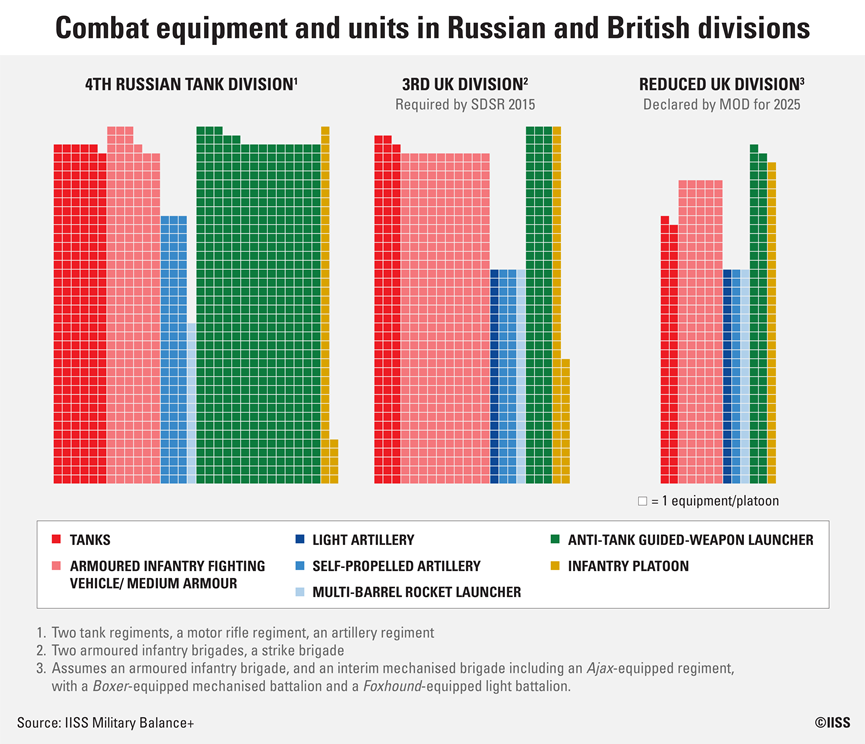
With 30% of the tanks, two thirds the amount of armored fighting vehicles, 20% of the anti-tank guided weapons and 15% of the self-propelled artillery of the Russian division, Brigadier Barry said that the Third Division would be seriously “overmatched”. The situation is worsened by “capability gaps” in a number of key areas, being the missing ability to launch anti-tank guided weapons from under armor, nonexistent short range air defense systems and particularly obsolescent artillery systems, with the committee warning that an “artillery duel” between a modern Russian and British division would “now only be likely to end one way – and not necessarily to the British Army’s advantage”.
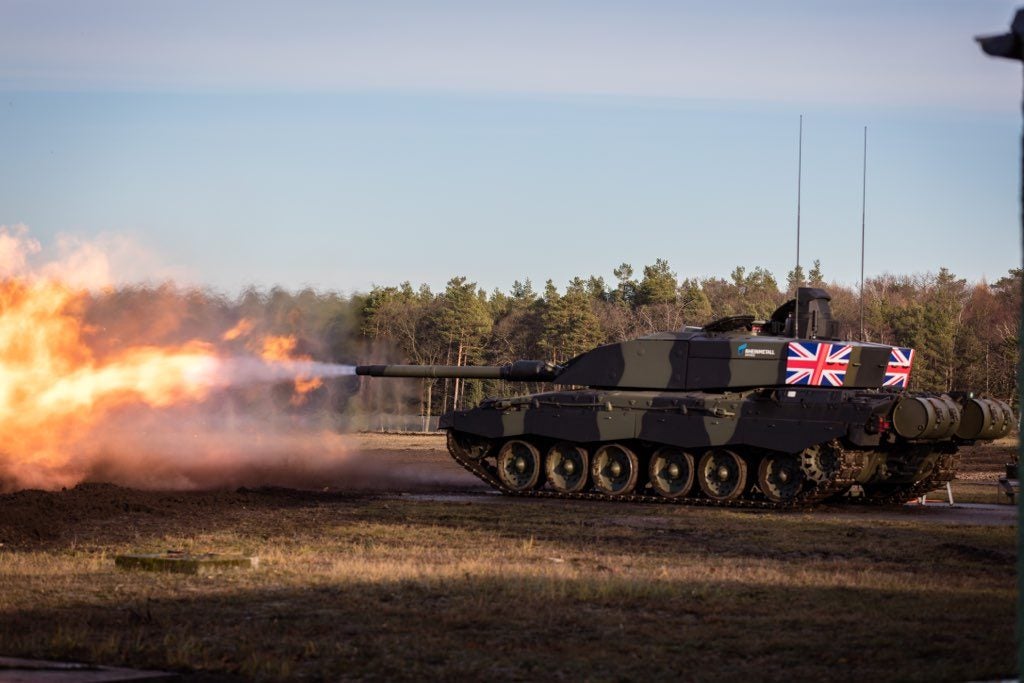
The Committee says that the Ministry should ensure that there are no “capability gaps” while ambitious upgrade programs like the Challenger 2 Life Extension Program are underway, noting that it wants the Ministry to confirm that the current Challenger 2 is “fit for purpose” until LEP reaches full operating capability. Similarly, it warns that incoherence in program funding risks further delaying ongoing programs, pointing to 5.6 billion in savings measures removed from funding for armored vehicle programs. Furthermore, frequent personnel changes in project teams and a lack of ingrained technical knowledge and understanding of armored vehicle development are cited as obstacles to vehicle procurement, with Lockheed Martin UK saying that when the Ministry is either serving as the systems integrator or providing government furnished assets or resources, the Ministry needs to “have the necessary resources, capacity and focus to perform that role, including continuity in technical staff”.
The damming report also highlights the need for a land industrial strategy supporting the armored vehicle sector in the United Kingdom, which would facilitate future upgrades to British armored vehicles, as well as retaining the experience and capability so painfully regained after their loss in the mergers, acquisitions and closures following Options for Change. Investment in the sector would also make British industry a credible collaborator for future armored vehicle design or export sales, driving economic growth in addition to supporting the UK’s diplomatic agenda.
The publication of the report comes just days before the Integrated Review is expected to be published. The British media’s rumor mill has reached a fevered pitch in the run up to its publication, with headlines screaming of massive cuts across all services in the name of “agility” or a focus on “cyber”. While the Ministry has since stated that the “Armed Forces will be equipped to fight modern day threats” regardless of outcome, the Committee issues a warning that “there is a risk that the Army’s current armoured capabilities (albeit in need of modernisation) are at risk of being denuded on the basis of promises of technically advanced ‘jam tomorrowʼ”. As to whether that warning will be heeded, we will find out soon enough.

